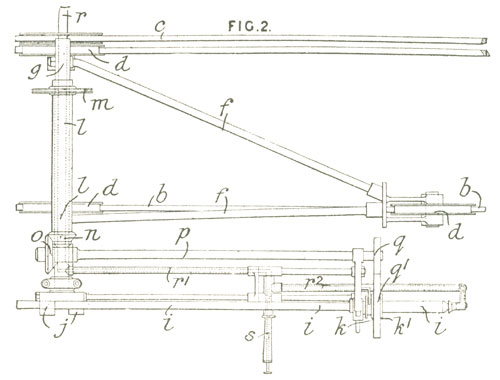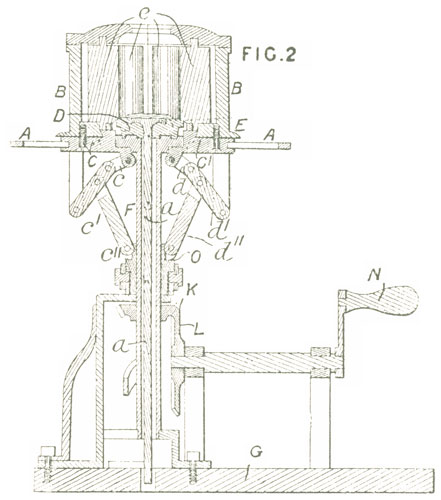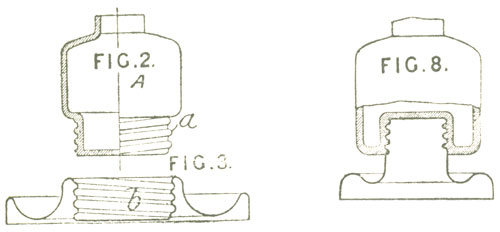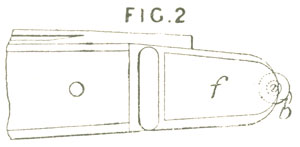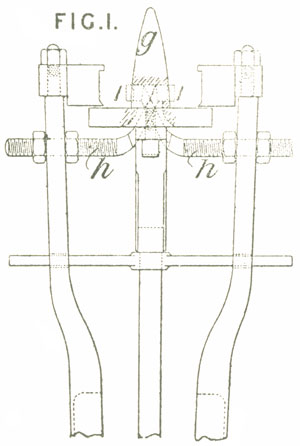2972. Townsend, C, and Rollason, A. Nov. 4.
Transparent and translucent materials. —
Glazed and unglazed calicoes, linens, shirtings, jaconets, silks,
papers, and other fabrics are rendered transparent or semi-transparent,
and waterproof or semi-waterproof, by saturation with hydrocarbon oils,
such as petroline, paraffin, or benzoline, separately or combined, or
with these in conjunction with gums, resins, oils, and soap, separately
or combined. The proportions may be such as to render the fabrics
adhesive, as in the case of surgical plasters, or an adhesive may be
spread upon the saturated fabrics, this adhesive consisting of
isinglass or gelatine, alone or combined, or of gums, resins, and
soaps, alone or combined, dissolved by any of the hydrocarbons referred
to, or by alcohol, methylated spirit, or wood or other naphtha; or
crude melted or dissolved plasters may be spread upon the transparent
fabrics. Sheets of collodion or collodion compounds may be rendered
adhesive by spreading upon them the plaster solutions or solutions of
isinglass and gelatine. A mixture of benzene and resin, with a small
quantity of wax, is given as an example of the saturating-material;
this mixture may also be spread upon the saturated fabrics, or upon the
fabrics which have not been saturated. Stearin, balsams, tallow, paraffin,
soap, &c. may take the place of the wax. The treated fabrics may be
rendered additionally waterproof by coating them with collodion or
compounds of collodion, gums, resins, oils, &c., as described in
Specification No. 2249, A.D. 1860.
|
